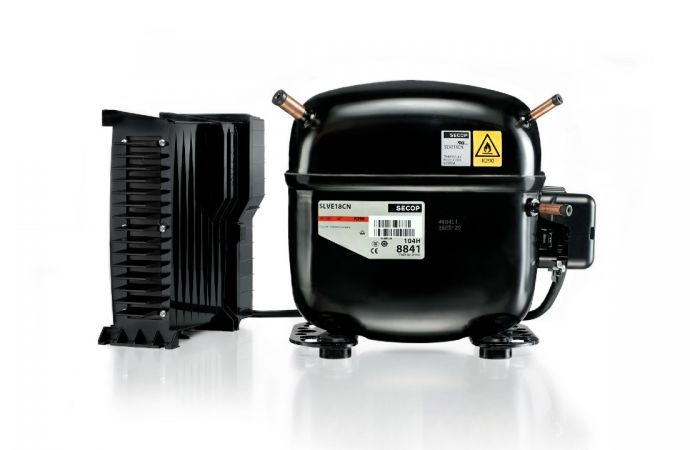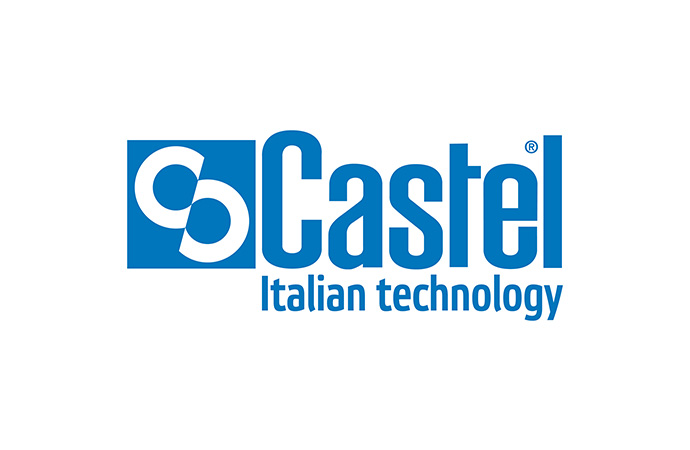The new vibration absorbers are suitable for CO2 and hydrocarbon systems.

Castel vibration absorbers.
Italian component manufacturer Castel has launched a series of 100% stainless steel vibration absorbers suitable for hydrocarbon and CO2 refrigeration systems.
Castel’s previous line of vibration absorbers were made of steel and copper.
The vibration absorbers prevent transmission of compressor vibrations to the pipes in the refrigeration system, reducing both noise and the risk of damage. They can also “compensate [for] a little piping thermal expansion,” Castel said in a technical newsletter.
The absorbers are developed for commercial refrigeration systems and air conditioning. They can be installed in suction and discharge lines, ideally as close to the compressor as possible. They should be installed perpendicular to the direction of vibration, Castel advised. If there’s vibration in more than one direction, more than one absorber should be installed.
The absorbers can also be installed vertically, as they are designed to avoid any retention of condensation in the braided zones near the connections. This means there are no issues with installing them in temperatures below 0°C (32°F).
The connection of the vibration absorbers to the piping is made by brazing. “The specific construction of [our] vibration absorbers allows brazing them to the system piping without particular protection to prevent overheating,” Castel explained.
The vibration absorbers have stainless steel connection from 3/8in (9.5mm) to 2-1/8in (50.8mm) and TSmin/TSmax of -80°C/140°C (-112°F/ 284°F). They benefit from “long life” and a high maximum working pressure of 50bar, Castel said.
The new absorbers conform to EU’s Pressure Equipment Directive 2014/68/EU.
The specific construction of [our] vibration absorbers allows brazing them to the system piping without particular protection to prevent overheating,” - Castel
Want to find out more, or have something to say about this story? Join the ATMOsphere network to meet and engage with like-minded stakeholders in the clean cooling and natural refrigerant arena.
Related stories




